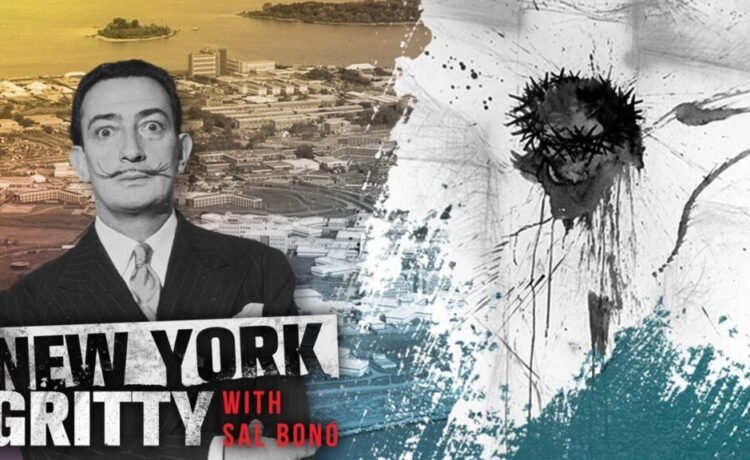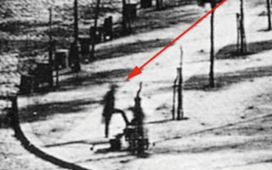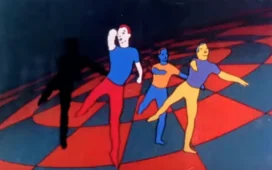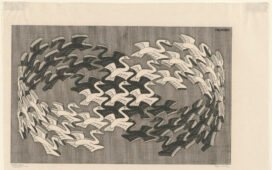In 2003, a Salvador Dalí drawing was stolen from Rikers Island, one of the most formidable prisons in the United States. That the incident has never been used as the basis for a major motion picture seems inexplicable, at least until you learn the details. A screenwriter would have to adapt it as not a standard heist movie but a comedy of errors, beginning with the very conception of the crime. It seems that a few Rikers guards conspired surreptitiously to replace the artwork, which hung on a lobby wall, with a fake. Unfortunately for them, they made a less-than-convincing replacement, and even if it had been detail-perfect, how did they expect to sell a unique work whose criminal provenance would be so obvious?
Yet the job was, in some sense, a success, in that the drawing was never actually found. Dalí created it in 1965, when he was invited by Department of Correction Commissioner Anna Moscowitz Kross to meet with Rikers Island’s inmates. “Kross, the first female commissioner of the jail system, believed in rehabilitating prisoners with art, including painting sessions and theater productions,” writes James Fanelli, telling the story in Esquire. As for the artist, “as long as the city’s newspapers would be there to capture his magnanimous act, he was game” — but in the event, a 101-degree fever kept him from getting on the ferry to the prison that day. Instead, he dashed off an image of Christ on the cross (not an unfamiliar subject for him) and sent it in his stead.
“For nearly two decades, it hung in the prisoners’ mess hall,” writes Fanelli. “In 1981, after an inmate lobbed a coffee cup at the painting, breaking its glass casing and leaving a stain, the Dalí was taken down.” It then went from appraiser to gallery to storage to the trash bin, from which it was saved by a guard. By 2003, it had ended up in the lobby of one of the ten jails that constitute the Rikers Island complex, hung by the Pepsi machine. That no one paid the work much mind, and more so that it has been appraised at one million dollars, was clearly not lost on the employee who masterminded the heist. Yet though they managed to catch his accomplices, the investigators were never able legally to determine who that mastermind was.
Readers of Fanelli’s story, or viewers of the Inside Edition video at the top of the post, may well find themselves suspecting a particular corrections offer, who successfully maintained his innocence despite being named by all his colleagues who did get convictions. Any dramatization of the Rikers Island Dalí heist would have to make its own determination about whether he or someone else was really the ringleader, and it might even have to make a guess as to the ultimate fate of the stolen drawing itself. One isn’t entirely displeased to imagine it hanging today in a hidden room in the outer-borough home of some retired prison guard: made in haste and with scant inspiration, damaged by coffee and poor storage conditions, and possibly ripped apart and put back together again, but a Dalí nonetheless.
Related content:
The Greatest Art Heist in History: How the Mona Lisa Was Stolen from the Louvre (1911)
Take a Virtual Reality Tour of the World’s Stolen Art
Modern Art Was Used As a Torture Technique in Prison Cells During the Spanish Civil War
Based in Seoul, Colin Marshall writes and broadcasts on cities, language, and culture. His projects include the Substack newsletter Books on Cities and the book The Stateless City: a Walk through 21st-Century Los Angeles. Follow him on the social network formerly known as Twitter at @colinmarshall.















